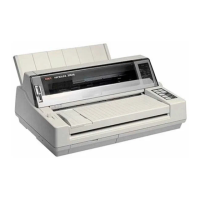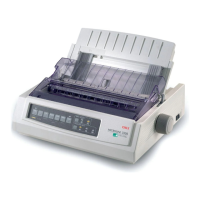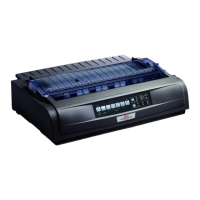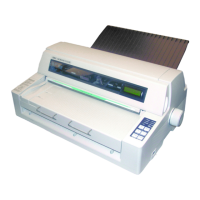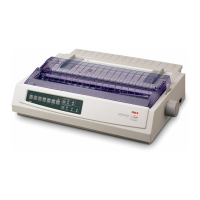Since the control codes don't represent any character on your keyboard, you can't send them to the
printer enclosed in double quotes, as you would with text. Instead, you have to use the CHR$ function,
which lets you send the decimal or hexadecimal value for a character. For example, the escape character
is represented as CHR$(27), or, in hexadecimal, as CHR$(&H1B). (Notice that hexadecimal numbers in
BASIC are preceded by &H to distinguish them from simple letters or decimal numbers.)
Of course, you can also use the CHR$ function to output printable characters; for instance, CHR$(65)
represents the letter A. However, it's usually easier to type letters, numbers and punctuation marks, and
your BASIC programs will be much easier to read if you use literal characters, enclosed in quotes,
wherever possible.
Some printer commands expect you to supply a numeric value representing tab stops, line spacing, etc.
These values can be entered by using the CHR$ function.
Graphics
One of the strengths of dot matrix printer technology is the flexibility that comes from printing patterns of
dots. If you can control where the dots are printed, you can print almost any kind of graphic image. If you
look closely at a photo in a newspaper, you'll notice that it's made up of thousands of tiny dots. You can
use your ML380 printer to print similar dot graphics.
Your ML380 printhead has two columns of 12 pins, for a total of 24 pins. Images are created as the pins
"fire", striking the ribbon against the paper to produce dots. White spaces appear where the pins don't
fire.
In general, it's best to use unidirectional printing for graphics; this provides much better control of print
registration. If you use bidirectional printing, the dots may be out of sync with each other as the printhead
moves back and forth across the platen. To correct for this, change the Print Registration setting in the
Menu Select Mode (see page 45).
While you can write your own programs to design graphics, this process can be very tedious--the
simplest graphic image can contain several hundred dots and designing graphics can involve a lot of trial
and error as well as considerable programming effort. Fortunately there are many software packages for
preparing and printing graphics--among the most common are GEM, Harvard Graphics, Harvard
Graphics Total Project Manager, Microsoft Windows Paint, PC Paintbrush and SuperProject Plus.
(See page 60 for information on selecting drivers for your ML380 within these software packages.)
See page 98 for information on the control codes used in programming your own graphics.
ML 380 ( 96-02-03 )
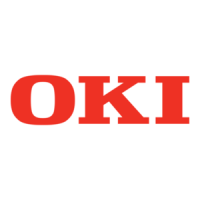
